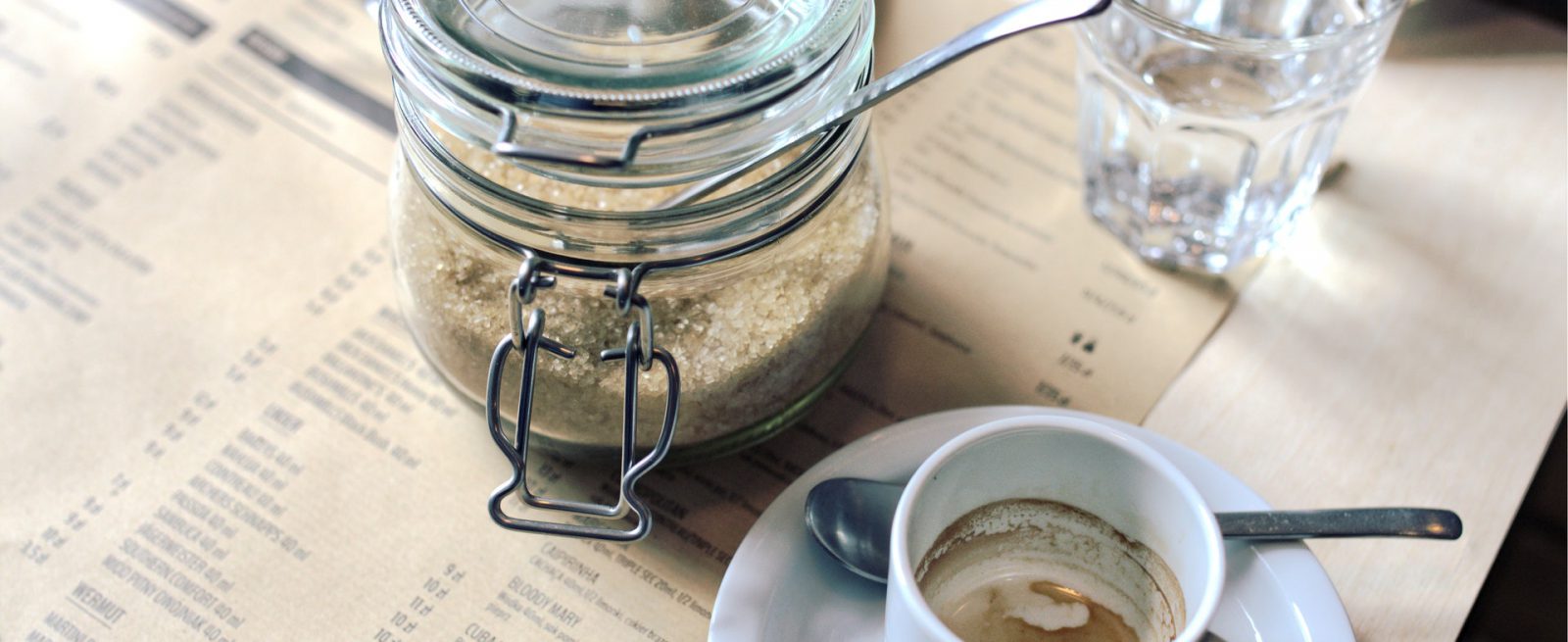12 Psychological Tricks of Restaurant Menus
3 Min Read By Gary Cooper
Have you ever looked at a menu and became absolutely entranced? The food selection may look so good that you don’t even look at the prices. That is exactly what is engineered to happen. A staggering amount of time and research goes into the creation of restaurant menus, and it isn’t just about aesthetics. Here are just a few ways that restaurants can enhance their menu using simple psychological tricks that add up to big bucks.
1. Less Is More
A well-designed menu will have a limited choice in each category. Studies have proven that the more options you give consumers, the more anxiety they feel. Keeping it simple will entice them to choose more quickly.
2. Nested Pricing
On older menus, you will see the line of dots leading to the end of the page where the price is located. This actually allows a customer to choose the cheapest option easily. Instead, successful restaurants now use nested pricing, where the price is directly after the item description. This puts the guest’s focus on the item rather than comparing prices.
3. Get Rid of Dollar Signs
Dollar signs on prices subconsciously remind the guest they are spending money. Instead of listing an item for “$12.00,” leave it at “12,” which puts the focus back on the food, rather than the price.
4. Using Negative Space
Our eyes are naturally drawn to areas of negative space, or where items are outlined. Put pricier items in a box or within a large negative space. Using this design tactic will draw a guest’s gaze and make it more likely that the high-value item is ordered.
5. Upper Right Is King
The upper right-hand corner of any menu is where you want your most sought-after items. People expect appetizers, soups, and salads to be on the top left. When a patron is hungry, they will automatically gravitate towards the upper right. Restaurants can use this to their advantage.
6. Decoy Items
Restaurants will often place an expensive decoy item next to others to make the other options look like a bargain. Not many people will order a $100 Wagyu filet, but it sure makes the $60 rib eye look more reasonable.
7. Description Means Quality
The better a restaurant describes an item, the better guests report the food tasting. Words can have an enormous impact in how a customer perceives a dining experience. Chocolate cake described as “Velvet Chocolate Cake” automatically increases desire for the item.
8. Family Memories
A popular psychological trick is to invoke feelings of nostalgia when naming an item on the menu. Customers may be more likely to order “Grandma’s Chicken Pot Pie” rather than “Joe’s Pot Pie,” only because it reminds them of a warm childhood memory.
9. Language Tricks
Using cultural words for specific dishes can make them seem of higher quality. For example, naming a dish “Blanco Queso y Carne” sounds much more appetizing than “White Cheese with Meat.” Taking the time to embrace the culture of a restaurant can certainly have a big pay off.
10. Wine Markup
Generally, most people don’t want to spend an arm and a leg on wine when they dine out. However, they don’t want to seem like a cheapskate either. Marking up the second least expensive wine is common practice in many restaurants. This allows the customer to feel as if they are getting a higher-quality product and the business achieves higher margin on their wine.
11. Secret Serving Sizes
Many restaurants keep their serving sizes a secret. When they offer a half or lunch-sized portion, it is kept intentionally vague. The half-sized is typically marked up slightly to entice a customer to order the full portion.
12. Highlighted Specials
When there is a particular dish that a restaurant is pushing to sell, it helps to have it highlighted as such, with a lot of negative space, as mentioned above. There may be a more in-depth item description that can help push higher-value items.
As you can see, there are a few small tricks that any restaurant can implement to provide a higher margin on food and drink, while increasing customer satisfaction.


